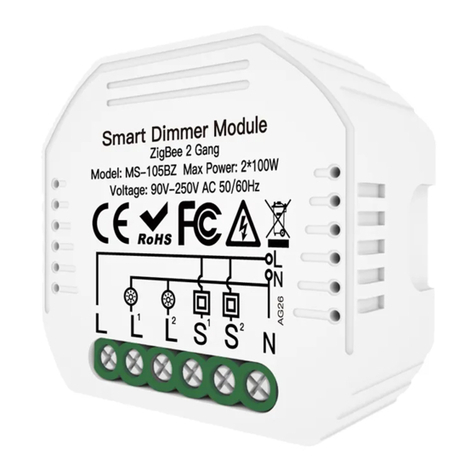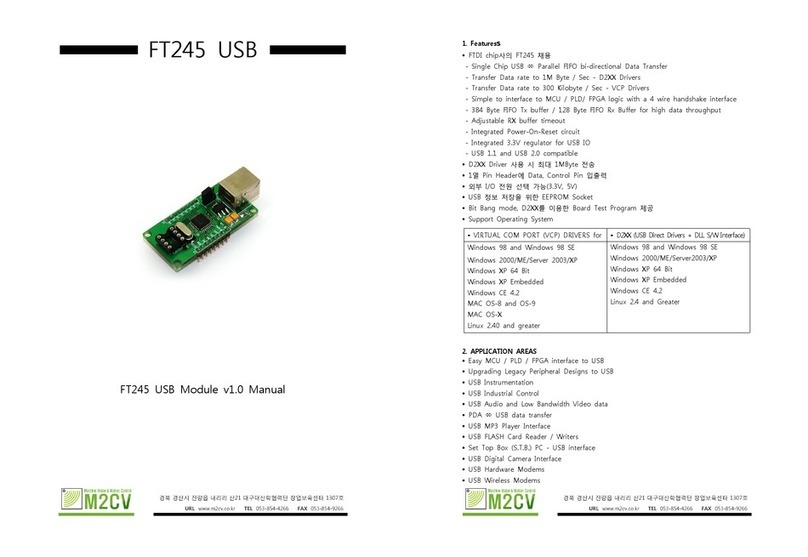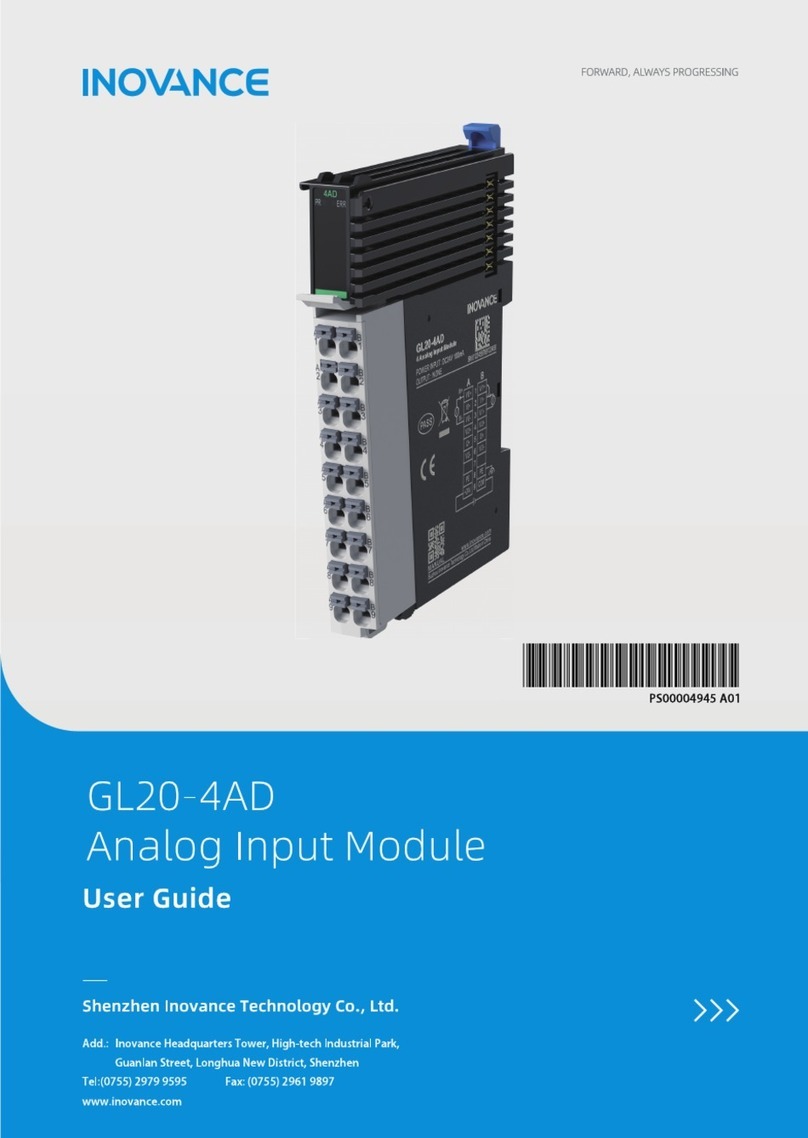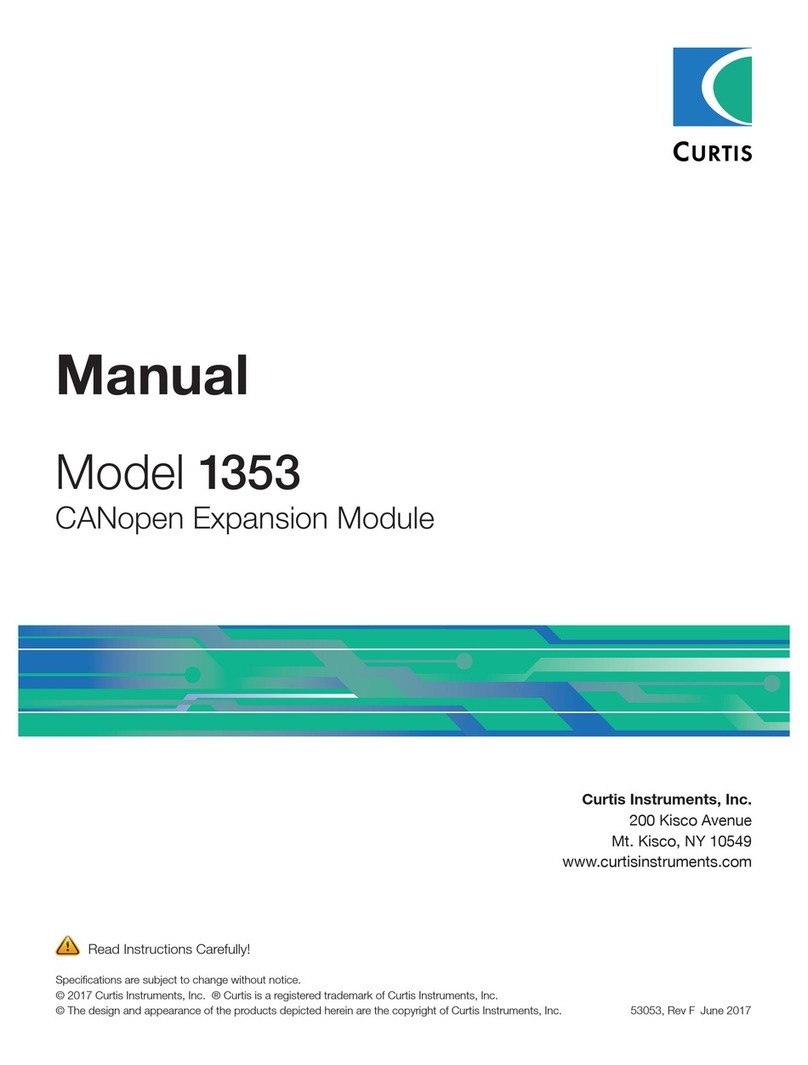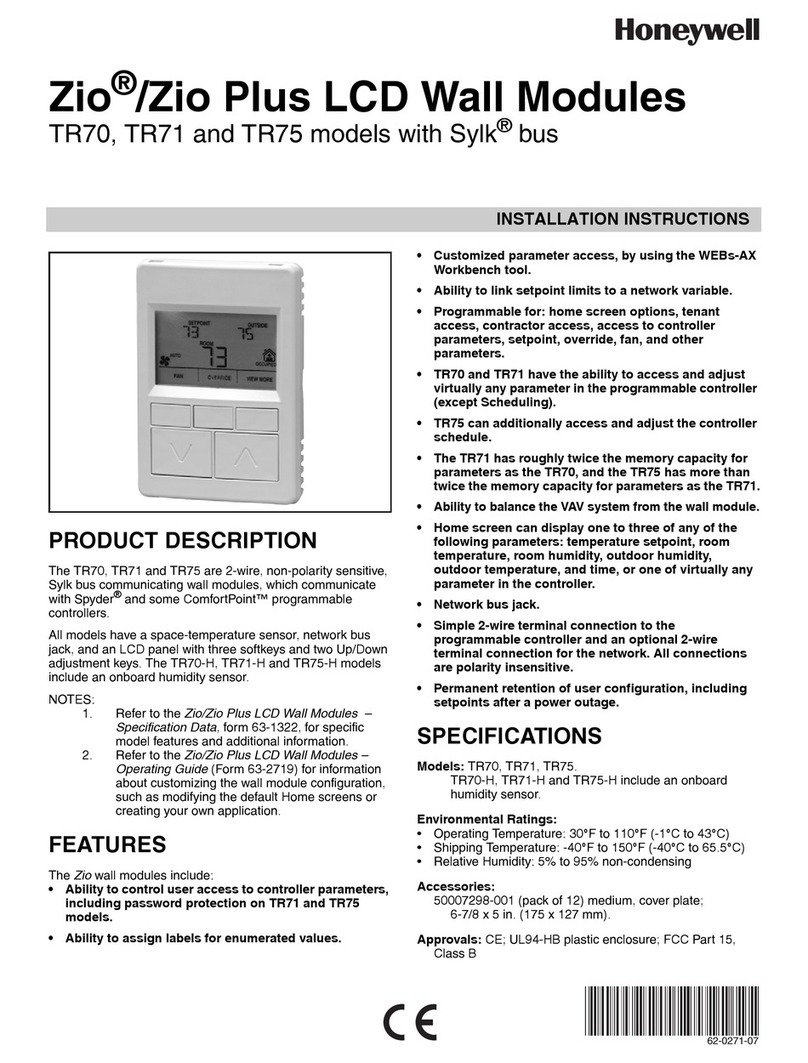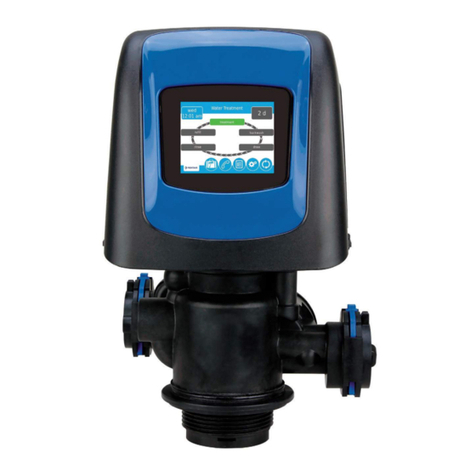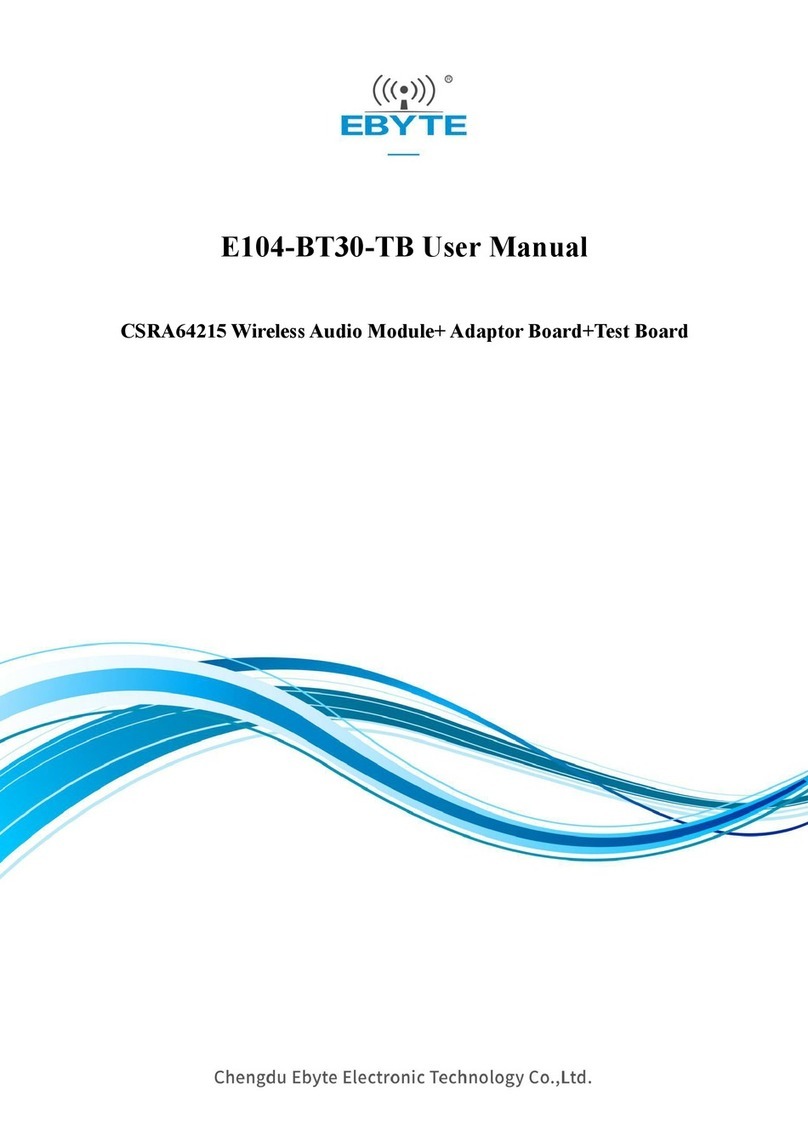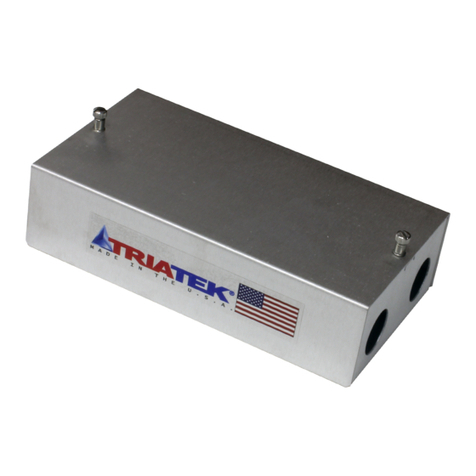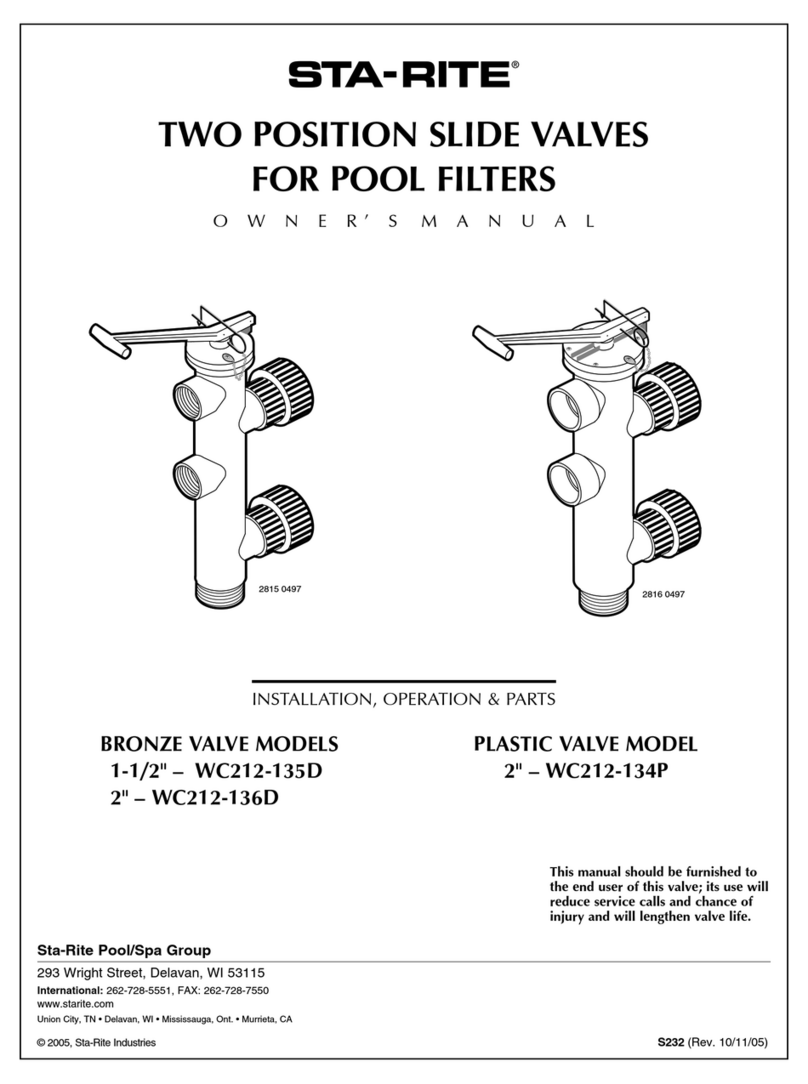Gorke Electronic RSU-N1 User manual

The operating range: the following range (100m) concerns
the open space (without any obstacles, when the
receiver and the remote control can “see each other”). If
there are any obstacles between the receiver and the
sender, one must assume that the range would be
reduced: for wood and plaster it would be 5-20% lower, for
bricks 20-40% lower, and for reinforced concrete 40-80%
lower.
TECHNICAL PARAMETERS OF THE
RECEIVER
• class: C
• type of receiving module: superreaction
• sensitivity: -100 dBm
• frequency: 433,92 MHz
• radio transmission: KeeLoq hopping code by
Microchip Technology
• memory capacity: 14
• voltage supply:
nominal: 12 V DC
allowable: 10-15 V DC
• power consumption:
static: 17 mA
maximal: 40 mA
• capacity:
relay output: 1A/ 30 V DC
S transistor output: 0,5A/ 12 V DC
sabotage output: 50mA/ 12 V DC
• number of relays: 1
• relay's operating mode: mono or bistable
• time scope for the mono mode: ~1s-4min20s
• operating temperature range: 0 to +40
• dimensions (mm): 48*68*26
• cooperation: any GE sender
• operating range (m)*: 100-500
• colour: white
TECHNICAL PARAMETERS OF THE
REMOTE CONTROL
• class: C
• frequency: 433,92 MHz
• transmission: coded (KeeLoq hopping
code by Microchip Technology)
• number of buttons: 2 (1code)
• sending power: <5mW
• power supply: 3 lithium batteries 12V
• dimensions (mm): 29*61*11
• colour: black
• cooperation: any GE receiver
• work range (m):
with superreactive receiver: 100
with heterodyne receiver: 200
1-channel RSU-N1/2 set
the set contains: 1-channel RSU-K01 receiver and
two 2-button PUK 112-1 remote controls
USER'S MANUAL
The purpose of the elements:
Diode SUPPLY control (green ZAS) – it indicates connection of the power supply
Diode CHANNEL 1 control (red K1) – it signals that the relay is open
Diode K2 (red) – it signals the programming procedure
LEARNING button – launches the programming procedures
ANTISABOTAGE – allows for connecting the device to the antisabotage circuit
S output – it is used to connect an acoustic signalling device which informs with short signals whether the
relay is opened or closed, for example while opening the access path to the encryptor or by arming a
simple alarm circuit. On opening the relay on the S output it emits one short signal, and on closing it – two
signals. The maximal capacity of this output is 0,5A/12V DC, which is enough even for using sirens with a
high level of audibility. The positive terminal should be connected to +12V and the negative terminal – to
the S output on the terminal strip.
K1
LEARNING
ZAS K1 K2
C1 N01 NC1
A
SSAB
SAB
antena button
antisabotage button
learning diode
suply diode
learning
diode
channel
1
C1 N01 NC1
SSAB
10 - 15V 51
37
12
Dimensions devices
remote
control receiver
68
48
26

The receiver installation conditions.
We recommend installing the receiver as high as possible, far from any metal or electric devices because the
superreactive receiver is sensitive to electromagnetic interferences. In conditions of high electromagnetic
interferences, using superheterodyne receivers (for example the OPC type) is recommended. The RSU-KO1
receiver requires dry and closed places.
The transmission code.
The radio transmission, based on the hopping code (KeeLoq by Microchip Technology Inc. USA) guarantees the high safety of
using. Each transmission is different from the previous one. To make the receiver work, you must enter a remote control into its
memory – it is the basic condition. The control can be programmed to unlimited number of receivers. “Loosing” 15 successive
transmissions (using the control beyond the receiver's range) requires sending the signal twice (press the control button twice).
The principal use.
The receiver can be used as equipment which controls remotely the work of the following devices: gates and
barriers, electromagnetic locks, lights etc. In alarm systems it is used:
– as a panic button
– as a unit which controls the work of other devices of the system, for example, sensors
– to arm or disarm the system, zones, etc.
Frequency.
The device works on the frequency 433,92 MHz. In majority of the European Union countries (including Poland)
this bandwidth does not require any special permissions and concessions for using it.
1. REGISTERING A NEW REMOTE CONTROL
a) press the LEARNING button for more than 0,5 but less than 4 seconds – the K2 diode will light
b) press the button – the diode K2 will fade
c) press the button once more – the diode K2 will light for 3 seconds, then it will start to pulse and will fade
d) the process of registering a new remote control is finished
If the registering fails, the diode K2 will blink once and then fade. In this case, you need to start the process from the beginning. If
the receiver's memory is full (14 remote controls were programmed), programming next control will delete the one which was
programmed as the first. If the number of users is larger than 14, you need to use a receiver with an extended memory – the S
version (113 senders) or configure the WLC 201 receiving module with an adequate number of receivers of the LC version (two for
226 users, 3 for 339 users, etc.).
2. SETTING THE RECEIVER'S OPERATNG MODE
Do ustawienia trybu pracy odbiornika potrzebny jest pilot, który został wcześniej wpisany do pamięci odbiornika - patrz
pkt.1. Ustawienie fabryczne odbiornika – tryb bistabilny.
3. DELETING THE REMOTE CONTROLS FROM THE MEMORY
Keep the LEARNING button pressed.
Phase one: the LED K2 will light for about 4s.
Phase two: LED K2 will start to pulse and then it will fade, which means that the deletion is finished. Release the
LEARNING button.
1. one must remember that deleting concerns the whole capacity of the memory. If you want to remove only one or several remote
controls, you must re-enter those remote controls which are supposed to be saved.
2. If there are many users and you want to avoid the toilsome process of programming the remote controls individually, you can use
one of the identifying receivers (their parameters allow for deleting the controls individually)
3. deleting the senders does not change the operating mode of the receiver
4. disconnecting the supply voltage does not cause losing the information about programmed remote
controls or the operating mode of the receiver.
TECHNICAL SUPPORT
Sit amet, consec tetuer
adipisc-ing elit, sed diam
nonummy
nibh euismod tincidunt ut
laoreet dolore magna aliquam.
ZERO DOWNTIME
Ut wisi enim ad minim veniam,
quis nostrud exerci tation
ullamcorper.Et iusto odio
dig-nissim qui blandit praesepta-
tum zzril delenit augue duis
dolore te feugait nulla adipisc-
ing elit, sed diam nonummy
nibh.
TURNKEY SOLUTIONS
Tincidunt ut laoreet dolore
magna aliquam erat volut pat.
Ut wisi enim ad minim veniam,
quis exerci tation ullamcorper
cipit lobortis nisl ut aliquip ex.
For more information on any of
our products or services please
visit us on the Web at:
www.yourwebsitehere.com
GORKE Electronic Sp. z o.o. NIP:638-15-24-713
43-200 Pszczyna ul. Staromiejska 31b REGON: 276599230
tel.: 032 326 30 70 KRS nr: 0000116885
The monostable mode (timer) -
after
sending the transmission from the control, the
receiver's relay will switch
on pre-programmed time.
Press the LEARNING button (the diode K2 will
light) and keep it pressed until the K2 diode
starts to pulse – then
you need to release the button. After releasing
the button, the K2 diode will light with
continuous light for about
4 seconds and then, slowly pulse. Each blink
corresponds to one second.
For example, in order to set 20 seconds, you
need to count 20 blinks of the K2 diode and
press the remote
control button, thus confirming the length of
time. The maximal time available to set is 260s
(4 min 20 s). If no
button is pressed during the diode pulsing
(time countdown), after counting to 260s, the
K2 diode will emit
continuous light for 1 minute. If during this time
(the continuous lighting) the control button is
pressed
(confirming), the receiver will set time on the
maximum, that is, about 260s. If during this
time the button is
NOT pressed, the receiver will quit the
programming mode and will save the previous
setting.
The bistable mode (flip-flop) – after
receiving the transmission from the
remote control, the relay flips on the
other state.
Press the LEARNING button (the K2
diode will light) and keep it pressed until
the K2 diode starts to pulse – then
release the LEARNING button. After
releasing the LEARNING button the K2
diode will emit the continuous light
for about 2s and during this period one
must press the control button.
This manual suits for next models
1
Popular Control Unit manuals by other brands

Emerson
Emerson CROSBY INSTALLATION, MAINTENANCE AND ADJUSTMENT INSTRUCTIONS
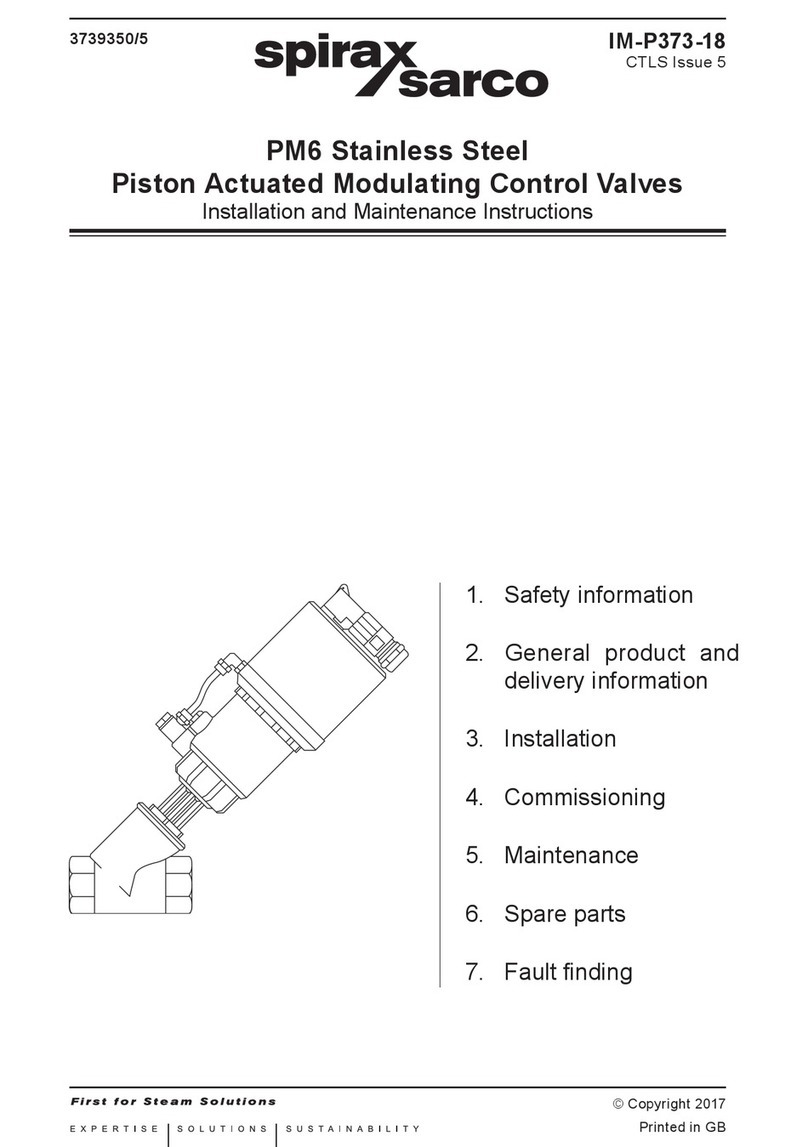
Spirax Sarco
Spirax Sarco PM6 Installation and maintenance instructions
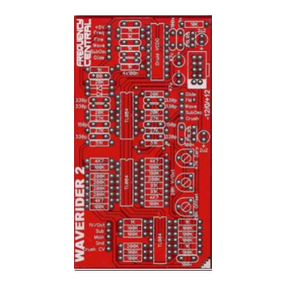
Frequency Central
Frequency Central Waverider VCDO MKii Build documentation
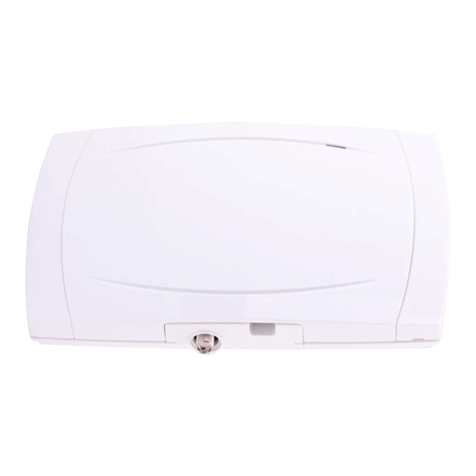
Texecom
Texecom Premier Elite Com GSM installation manual
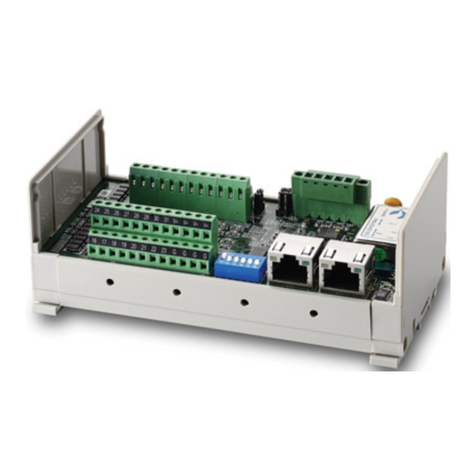
ADLINK Technology
ADLINK Technology HSL-DI32-UD quick start guide
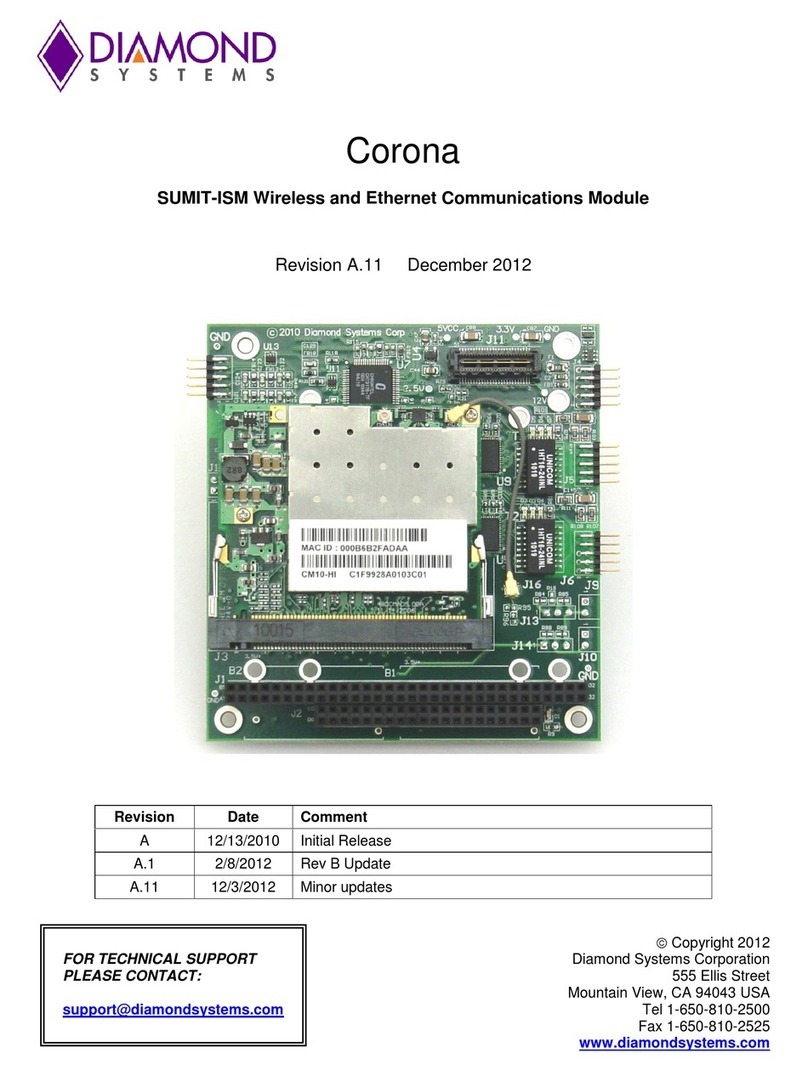
Diamond Systems
Diamond Systems Corona instructions
